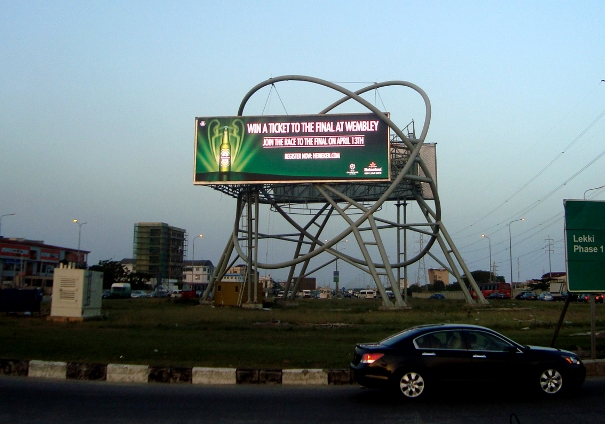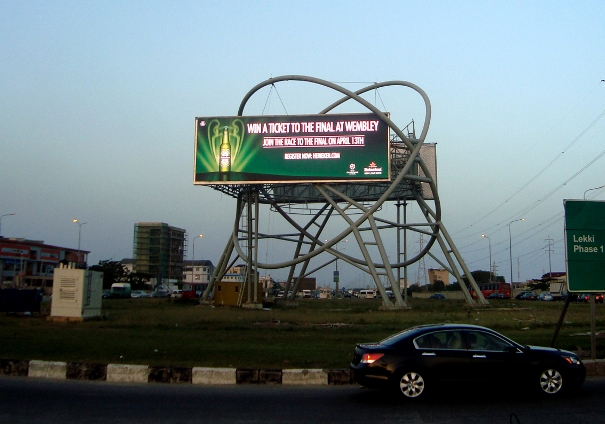
In the last decade OOH advertising had arguably undergone the most radical upheaval globally in its history. From the earliest days of cave paintings to posters on walls, OOH media was effectively just that, static pictures on walls of varying sizes and sophistication.
However, our position as the oldest and most static of advertising mediums (both literally and figuratively) has been changed forever with the arrival of Digital Out of Home (DOOH).
DOOH has given our industry a massive shot in the arm globally. We have gone from being the slowest deliverable medium to being the fastest, even ahead of TV. The speed at which we can get our message out to the audience is unparalleled.
The speed at which new technologies are being developed and adapted in OOH are also giving emerging markets the ability to “leapfrog” in the development of their own offerings. Whereas in the more established markets there has been a progression from static boards to three faced “ultravision” style panels, to scrolling technologies and backlit vinyl to fully digital screens, many countries have been able to skip the evolutionary steps and learn from the developed markets, jumping straight to digital from static.

Nigeria for example has some of the largest and most dominant digital screens I have seen, including curved displays and large digital cubes at road intersections.
Smart city initiatives are integrating and driving OOH investment in more and more cities worldwide as the world becomes more integrated and connected.
JCDecaux’s research states that 39 percent of the worlds GDP comes from cities of more than 2 million people and air passenger traffic doubles every 15 years. Initiatives such as TOMI World in Portugal and LinkNYC in New York are bringing the urban population (consumers) closer to brands by offering free Wi-Fi and other benefits, paid for by street advertising.
The ability for DOOH to combine so naturally with mobile screens is another way that OOH is driving advertiser engagement; research has shown that campaigns that combine OOH and mobile have a click through rate up to 6 times higher than campaigns using mobile only. Beacon technology is being trialled and integrated into DOOH campaigns with more frequency now, along with NFC.
As programmatic methods become more widespread we are seeing more creative uses of day part buying and timed campaigns. Vehicle recognition technology has now been used in several countries to deliver personalised messages to specific drivers and creative uses of DOOH relating to temperature and weather conditions are becoming commonplace.
Online programmatic buying is leading to concerns within online advertising though, which in turn is creating further opportunities for OOH to capitalise on the issues around Ad blocking and click fraud. This is costing advertisers around $7.2 billion in lost ad expenditure in 2016, ironically more than the entire US OOH industry revenue!
The rapid growth and investment in DOOH worldwide (32% of revenue currently) is bringing into sharp relief the state of the static or “classic” billboard portfolio. Unfortunately not all the money coming into the digital marketplace is new money; much of it is cannibalising the revenue of the static market, so media owners need now more than ever to invest in the upkeep and quality of their stock to give advertisers a viable and attractive non digital route to an OOH campaign.
Many markets around the world are very fragmented and would benefit from a period of consolidation, either by panels type and/or regionally to allow more investment and economies of scale and ease of buying for the agencies and clients.
The global OOH industry is possibly on the cusp of a great opportunity.

During our Barcelona Congress and under the leadership of President Matthew Dearden, FEPE set out a manifesto for our future.
The FEPE Board put considerable effort into considering and refining the role of FEPE. We are here to promote out-of-home advertising, and to support our members, national associations and others in doing so. Our medium is fortunate to have many strong operators and associations; FEPE’s role is to amplify rather than duplicate their great work.
Out of home is an inspiring medium that connects brands with people. The purpose of FEPE is, similarly, inspiring those who work in and around OOH media. To celebrate this, we have updated the FEPE logo to incorporate our belief that OOH is inspirational and FEPE’s role in inspiring all of us: “FEPE Inspiring Out of Home Advertising”.
Our focus going forward is to inspire debate and energy on four key questions facing us all:
1) Confidently making our case for out-of-home media in a digital world.
2) Taking the digital revolution out of home.
3) Reclaiming our creative crown.
4) Making OOH easy to plan, buy and deliver.
As we enter the next digital revolution, there has never been a more exciting time to work in our medium. All of us at FEPE are enthusiastic about the role we can play, working with each sector of the industry to achieve our full potential.
Download the PDF
Published: August 15, 2016